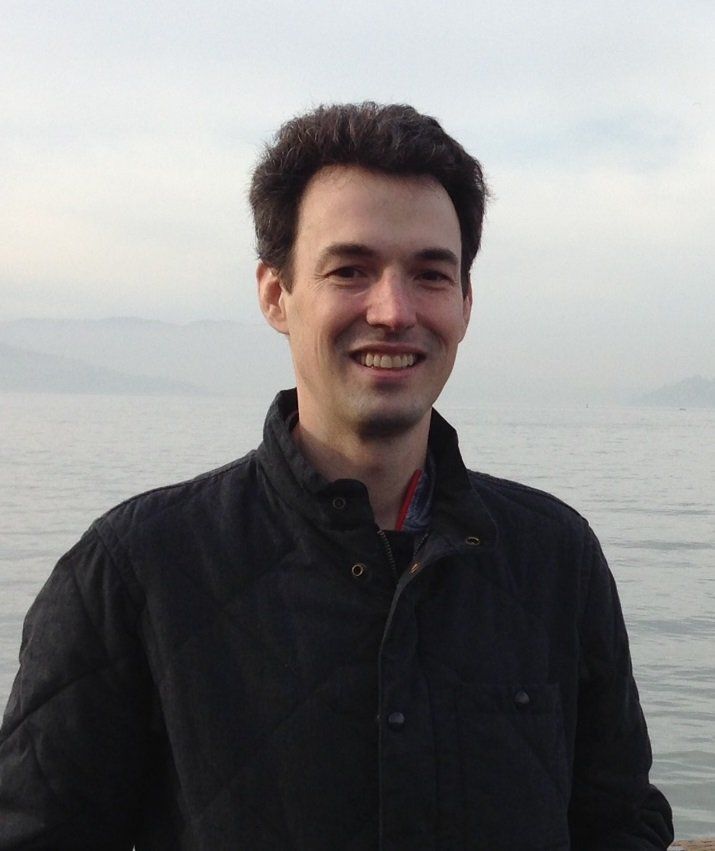Biosimilars uptake may lag for cancer patients, physicians
Biosimilars will have a significant impact on cancer treatment, with the potential to drive cost savings, but will patients and providers be accepting?
As cancer biologics come off-patent and non-brand “biosimilars” hit the marketplace over the next few years, costs should decline but oncology practices and cancer centers will confront more complex prescribing and purchasing decisions-and challenging conversations with patients, experts said at the American Society of Clinical Oncology (ASCO) Annual Meeting 2016, held June 3 to 7 in Chicago.
As of January 2016, efforts were under way to develop and seek FDA approval for dozens of biosimilar versions of 18 reference biologics under FDA’s Biosimilar Product Development program.

EstevaThe larger numbers of biosimilars will have a “major impact in cancer treatment and supportive care management, with the potential to drive cost savings in healthcare,” said Francisco J. Esteva, MD, PhD, of the New York University Clinical Cancer Center.
The estimated cost of developing a biosimilar is one-fourth to one-eighth the cost of developing the originator (the brand-name reference drug), he noted. Based on what’s happened in Europe and Asia, he expects to see biologics costing 20% to 30% of brand-name biologics.
But biosimilars will bring new regulatory, insurance, pharmacy, and clinical challenges, as well, he and others cautioned at an ASCO 2016 biosimilars education panel held June 7.
It is not yet entirely clear that patients will widely accept biosimilar cancer drugs, at least right away.
“In the U.S., patients are very involved in their care and will want to play a role,” Esteva said.
Biosimilar versions of supportive-care medications like filgrastim (a bone marrow stimulant that helps cancer patients prevent infections during treatment) do seem to be acceptable to clinicians and patients, so far, he noted. FDA’s March 2015 approval of the biosimilar filgrastim-sndz (Zarxio, Sandoz’s biosimilar of Amgen’s Neupogen) was the first such approval under the Biologics Price Competition and Innovation Act of 2009.
It is less clear how patients will feel about the arrival of FDA-approved biosimilar versions of brand-name cancer treatments-the agents that actually attack tumor cells.
“Biosimilar cancer therapeutics, like [biosimilars for] rituximab and trastuzumab, are likely to raise concerns,” Esteva said. “Safety and efficacy data must be communicated effectively to patients.”
Post-marking surveillance will sometimes be needed to ensure that biosimilars match originator-biologics’ safety and efficacy, he said. Esteva predicted that widespread adoption of therapeutic anticancer biosimilars will take more time in the U.S. than elsewhere.
Next: Explaining evidence to patients may be challenging
Explaining the evidence base for biosimilars to patients might also prove to be challenging.
Comparative clinical studies may be undertaken when there is “residual uncertainty,” but the goal of biosimilar development is not to independently re-establish the safety or efficacy of the proposed biosimilar for each potential indication, explained Steven Lemery, MD, MHS, associate director (acting) of FDA’s Division of Oncology Products, Office of Hematology and Oncology Products.

LemeryA “totality of the evidence” approach is used to determine biosimilarity, including lab animal and human toxicity, pharmacokinetic and pharmacodynamic data, analytical data, immunogenicity studies, and clinical findings, Lemery said.
That may leave some clinicians with misgivings, at least initially. “How confident will clinicians be with limited data on the efficacy and safety of biosimilars compared with the original biologics?” Esteva said.
FDA’s approval of a biosimilar does not mean the product is interchangeable at the pharmacy with the brand-name reference drug.
“An interchangeable product may be substituted without the intervention of a healthcare provider,” explained Lemery. “A biosimilar product must be prescribed by the healthcare provider and should not be substituted by the pharmacist without intervention by the provider.”
Analysis Finds Brukinsa May Provide Costs Savings Over Imbruvica in CLL
April 14th 2025In a statistical analysis, Brukinsa resulted in fewer cases of disease progression or death and resulted in lower overall healthcare costs than Imbruvica in patients with chronic lymphocytic leukemia.
Read More
Rutgers Cancer Institute Reviews Guidelines for Managing Blood Cancers During Pregnancy
April 8th 2025About 6% of pregnancy-related cancers are Hodgkin lymphoma, and 5% are non-Hodgkin lymphoma. Leukemias in pregnancy are rarer, accounting for 1 in 10,000 pregnancies. The most common pregnancy-related leukemias are acute myeloid leukemia (AML), acute lymphoblastic leukemia (ALL), and chronic myeloid leukemia (CML).
Read More
Extending the Capabilities of the EHR Through Automation
August 2nd 2023Welcome back to another episode of "Tuning In to the C-Suite," where Briana Contreras, an editor of Managed Healthcare Executive, had the pleasure of chatting with Cindy Gaines, chief clinical transformation officer at Lumeon.
Listen
CAR T-Cell Therapy Cuts Costs, Reduces Treatment in Mantle Cell Lymphoma
March 13th 2025In a real-world study, researchers found this data by comparing treatment patterns, healthcare resource utilization, and costs between patients receiving CAR T-cell therapy and those treated with the non-CAR T standard of care.
Read More